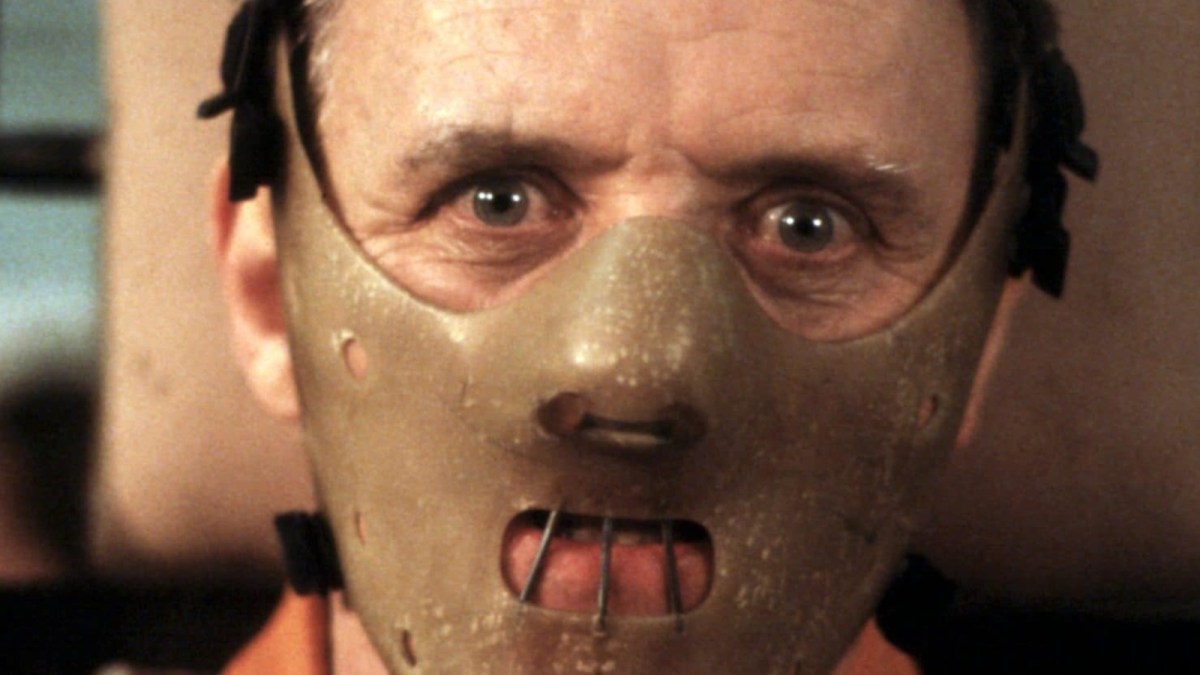Through whatever iteration it may be, Hopkins or Mikkelsen, the whole world is familiar with Dr. Hannibal Lecter M.D. Renowned author Thomas Harris first conceived Lecter in 1981 with a novel titled Red Dragon, the earliest in the quadrilogy also comprising The Silence of the Lambs (1988), Hannibal (1999) and Hannibal Rising (2006). All four of Harris’ novels have been adapted into feature-length films, starting with The Silence of the Lambs in 19991, which stars Anthony Hopkins and Jodie Foster in the lead roles. Despite Red Dragon being the chronological literary introduction to Hannibal Lecter, moviegoers wouldn’t meet “Hannibal the Cannibal” until Hopkins embodied him on-screen alongside Foster’s Clarice Starling. Jonathan Demme’s The Silence of the Lambs has long been considered one of the greatest and most influential films of all time.
We know his name, but do we know his story? Bookworms can answer that question confidently, but more visual learners might not be so educated on Lecter’s past. There isn’t much explanation — barring some suggestive dialogue — regarding where Hannibal came from — where he started — and what motivated him to kill. NBC’s Hannibal series, starring Mads Mikkelsen in the titular role, serves as a far deeper delve into the serial killer’s history, but even then, there are stones left unturned. Harris lays out Lecter’s origins on a silver platter, but all the articulate jargon might be a bit difficult for non-readers to digest. Therefore, we are delighted to provide a comprehensive run-down of Hannibal Lecter’s extensive life. These descriptions are mostly derived from Harris’ novels, the truest biography, courtesy of the official Hannibal wiki.
Is Hannibal Lecter real?
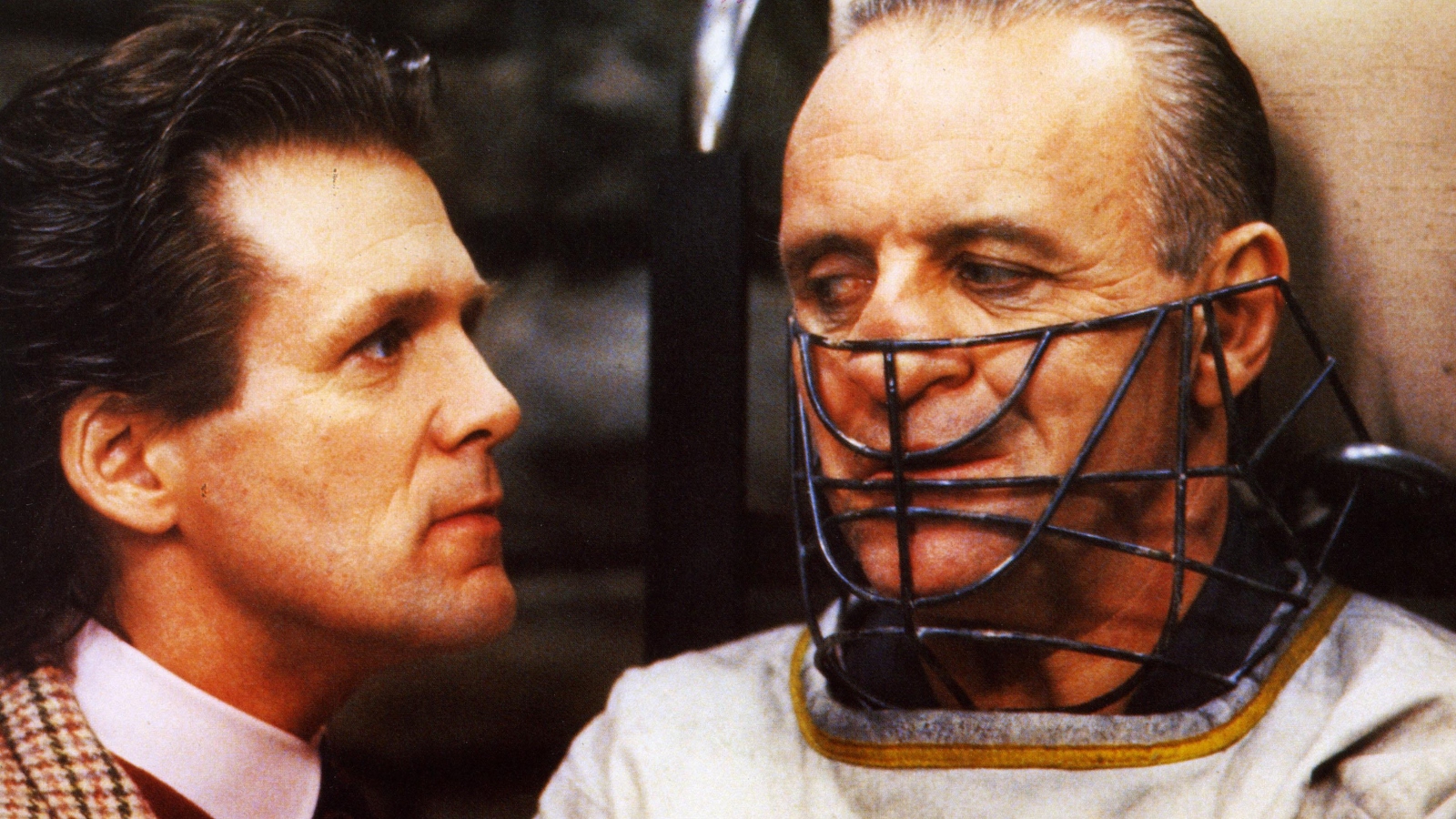
Now, it wouldn’t be too far-fetched to believe that Hannibal Lecter is real, especially with cannibalistic serial killers like Albert Fish, Boone Helm and Jeffrey Dahmer tainting American history. However, Dr. Hannibal Lecter is not real. He is merely a figment of Thomas Harris’ imagination, likely inspired by well-known cannibals throughout time. While his biography might be beyond realistic and exceedingly convincing, there was never a Hannibal Lecter known to have existed and his background, crimes and personality are purely fictional.
Hannibal Lecter was born in Lithuania into a wealthy aristocratic family

Born inside an ancient castle known as Castle Lecter in 1933 Lithuania, Hannibal Lecter was fortunate enough to have been raised in a wealthy and aristocratic household (or castlehold?). His father and the castle’s keeper, Count Lecter, was a descendant of the warlord “Hannibal the Grim,” an association which supposedly provided the inspiration for his son’s name. In fact, he was the eighth child in his bloodline to adopt his ancestor’s forename. His mother, Madame Simonetta Sforza-Lecter, was a descendant from both the Visconti and Sforza families that ruled over Milan on separate occasions for a combined total of 250 years. Although it isn’t portrayed in live-action, Lecter was born with a rare form of polydactyly, meaning that he was born with six fingers on his left hand.
Additionally, Lecter himself believed he shared a connection to Giuliano Bevisangue (the surname meaning “Blood-Drinker”), a descendant of the Machiavelli bloodline. Although he strived to obtain answers, the secrets inside Capponi Library could not provide him with concrete proof. He did, however, discover a relation to the artist Balthus, whom was Lecter’s distant cousin.
Count Lecter is bombed by a Nazi Stuka, killing Lecter’s family and making him an orphan
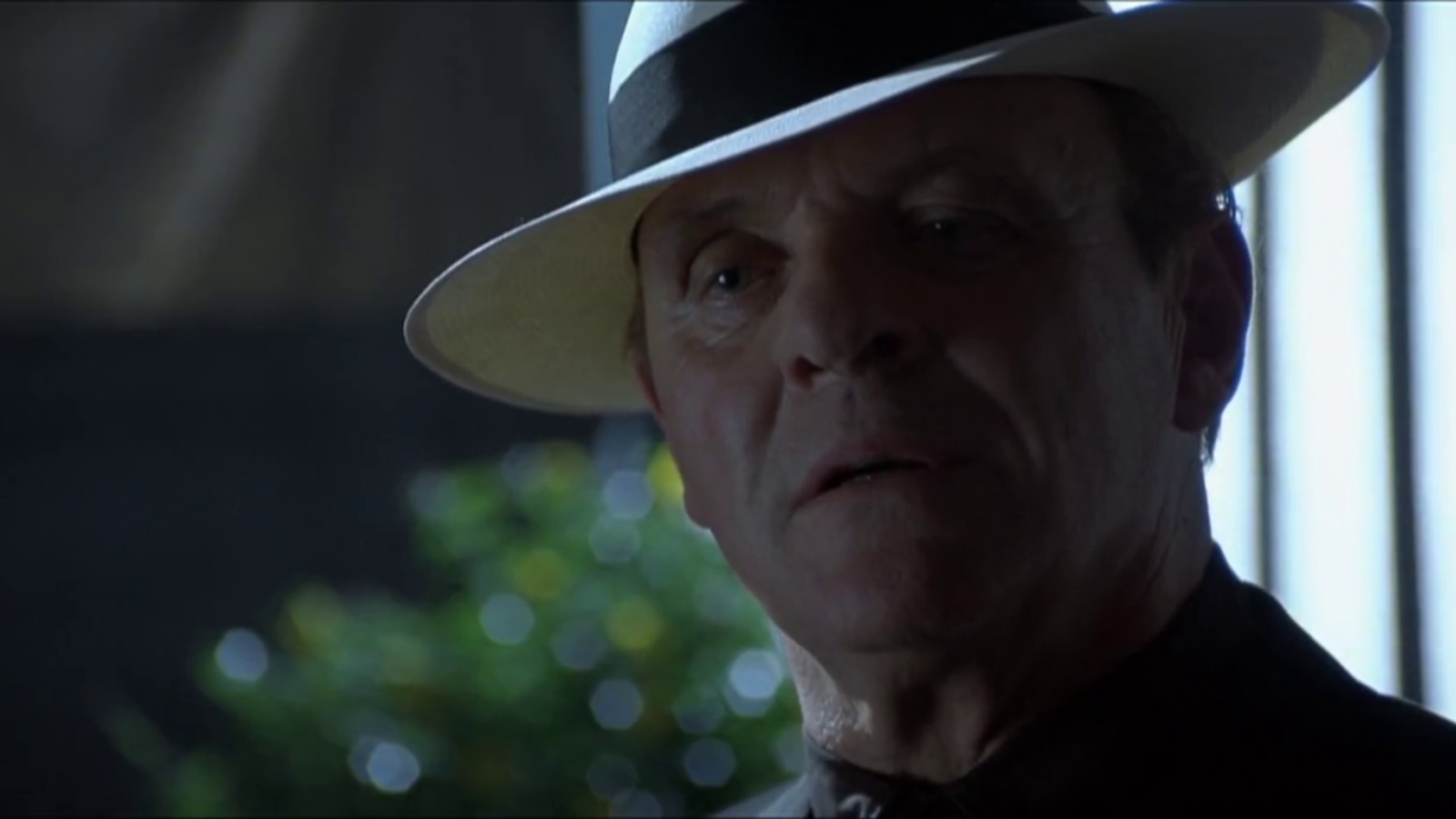
Even from a young age, Lecter was studious and academic in the eyes of his father, Count Lecter. Under his father’s supervision, Lecter was able to learn English, German and Lithuanian. During this time, Lecter was introduced to and formed a strong emotional bond with his younger sister, Mischa. In 1941, Castle Lecter was overrun by Nazi military who sought to invade the Soviet Union in what has come to be known as “Operation Barbarossa.” An eight-year-old Lecter fled with his family to a remote lodge in the forest, where they would hide out and feast on wildlife for three years. However, in 1944, a Soviet tank approached the lodge, demanding resources, only to be bombed by a Nazi Stuka. The subsequent blast killed Lecter’s parents and tutor, thereby rendering himself and Mischa orphans.
Shortly thereafter, Hannibal and Mischa are held hostage by Nazi collaborator Vladis Grutas, who kills Mischa and feeds some of her remains to Lecter. Mischa’s death has been cited as the event that traumatized Lecter and destroyed his faith in God, leaving him despondent and triggering his eventual killing spree. Somehow, Lecter managed to escape the group of former Lithuanian volunteers. After wandering the forest in shackles, Hannibal was discovered by Soviet patrol tank, which returned him to Castle Lecter, since converted into an orphanage, where the now-orphaned Lecter would remain until his uncle, Robert Lecter, adopted him.
Lecter is adopted by his uncle, Robert Lecter, and commits his first vengeful murder
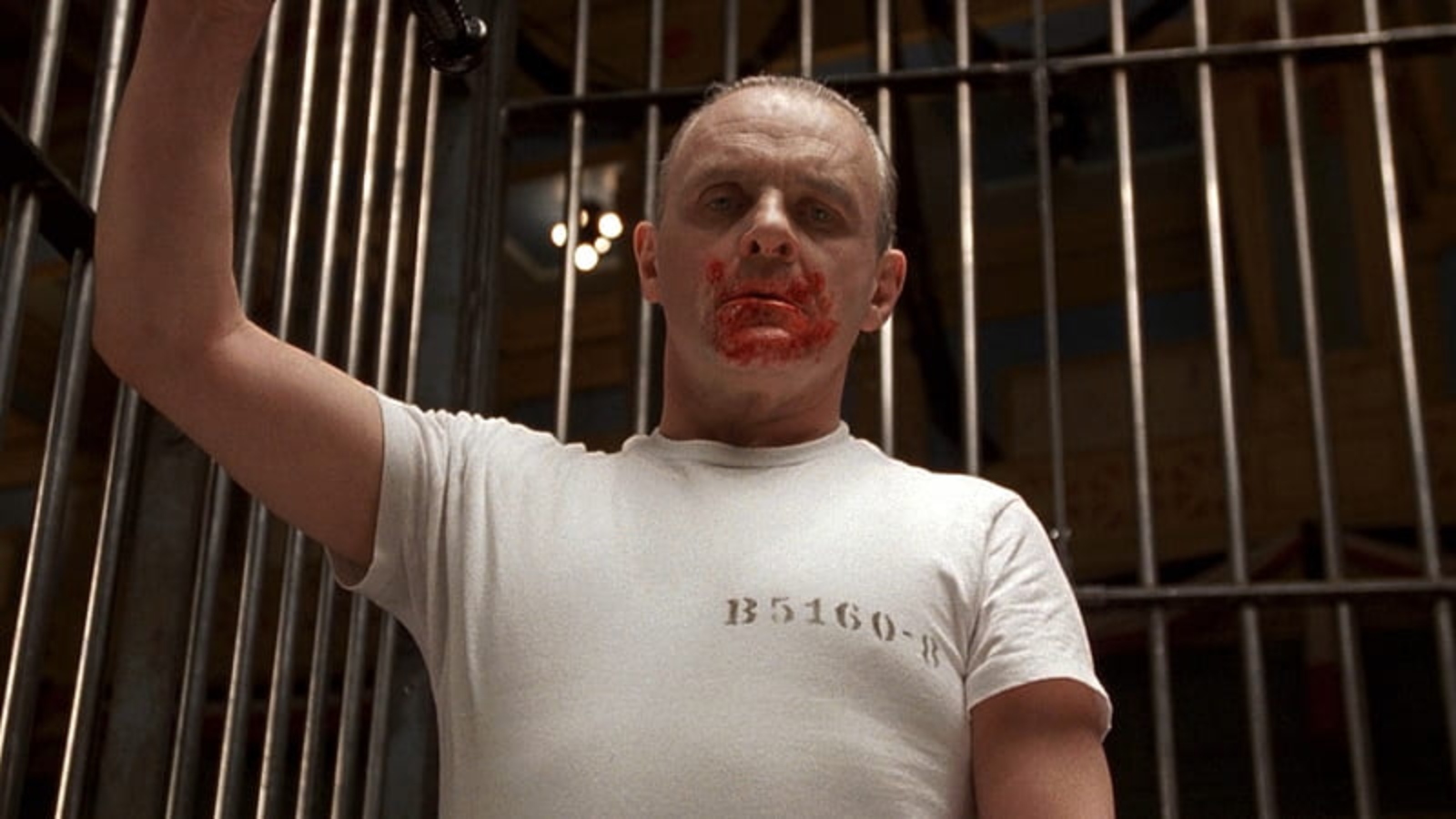
Now 13, Lecter is adopted by his uncle, Count Robert Lecter, who relocated him to Essonne in the southern Île-de-France region. There, he formed a bond with his aunt, Lady Murasaki, who taught him aspects of Japanese culture. Paul Momund, the local butcher, insulted Lady Murasaki, resulting in Lecter assaulting him. Robert Lecter, following a confrontation with Momund, died from a heart attack. Finding Momund responsible for Robert’s sudden death, Hannibal committed his first murder by attacking Momund with a tantō, a traditional sword used by the samurai class in Japan that belonged to his aunt’s ancestor, Date Masamune. He beheaded Momund, sliced off his cheeks and cooked them with mushrooms, soon consuming them in his first act of cannibalism.
Momund’s murder put Hannibal on Inspector Pascal Popil’s radar, but with some help from Lady Murasaki, he managed to evade any blame. Popil would remain in close contact with both Hannibal and Lady Murasaki even after they moved to a flat in Paris. There, Hannibal would attend a boarding school, known to Parisians as a lycée. Naturally, he exceled, becoming the youngest person to attend medical school in France. After discovering a painting looted from his father’s gallery, Hannibal discovered that the group who held him hostage and murdered Mischa were still alive.
Lecter began his killing spree and managed to evade the authorities
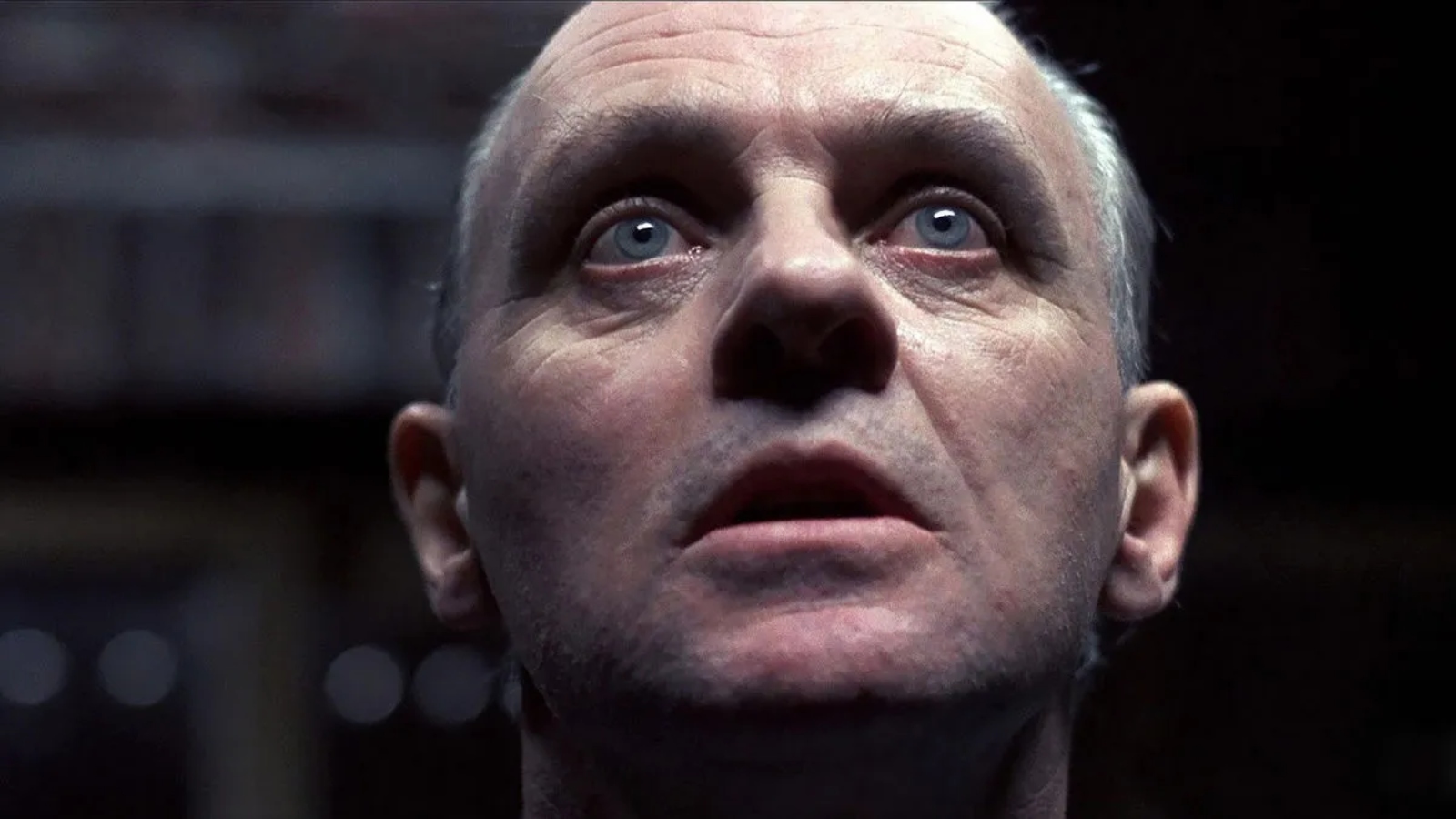
In 1951, Hannibal returned to Lithuania to track down Mischa’s murderers. He found Mischa’s remains after excavating the old lodge hideout and gave her a proper burial. Enrikas Dortlich, one of Vladis Grutas’ men, arrived to kill Lecter, but the latter murdered him and once again consumed his cheeks. After learning of Dortlich’s murder, the Nazis were on high alert. At the same time, Popil began closing in on Lecter after discovering the similarities in Momund and Dortlich’s murders. Grutas ordered one of his men to either bribe or kill Lecter, but instead, Hannibal drowned the lackey, known as Zigmas Milko, in formaldehyde. As Lecter’s murders continued, Popil and Lady Murasaki attempted to dissuade him from killing, but while confronting the latter, Lecter almost had sex with her.
All at once, Lecter attacked Vladis Grutas, whose saving grace were his bodyguards, then in retaliation, Grutas kidnapped Lady Murasaki and held her as a ransom to lure Lecter out. Lecter, equipped with the same tantō used to murder Momund, tracked Grutas to his boathouse, where a final confrontation ensued. Lecter disemboweled him by carving his sister’s initials into his body repeatedly. Although Popil arrested Lecter for the aforementioned murders, there wasn’t enough evidence to conclusively link to Lecter in order to charge him. When Lady Murasaki visited Lecter in a holding cell, she saw that he had become emotionless. After his release, Lecter murdered the final member of Grutas’ group, Bronys Grentz, then retreated back to Baltimore to finish his studies.
Lecter earns the moniker “Hannibal the Cannibal” after an encounter with sole survivor Mason Verger
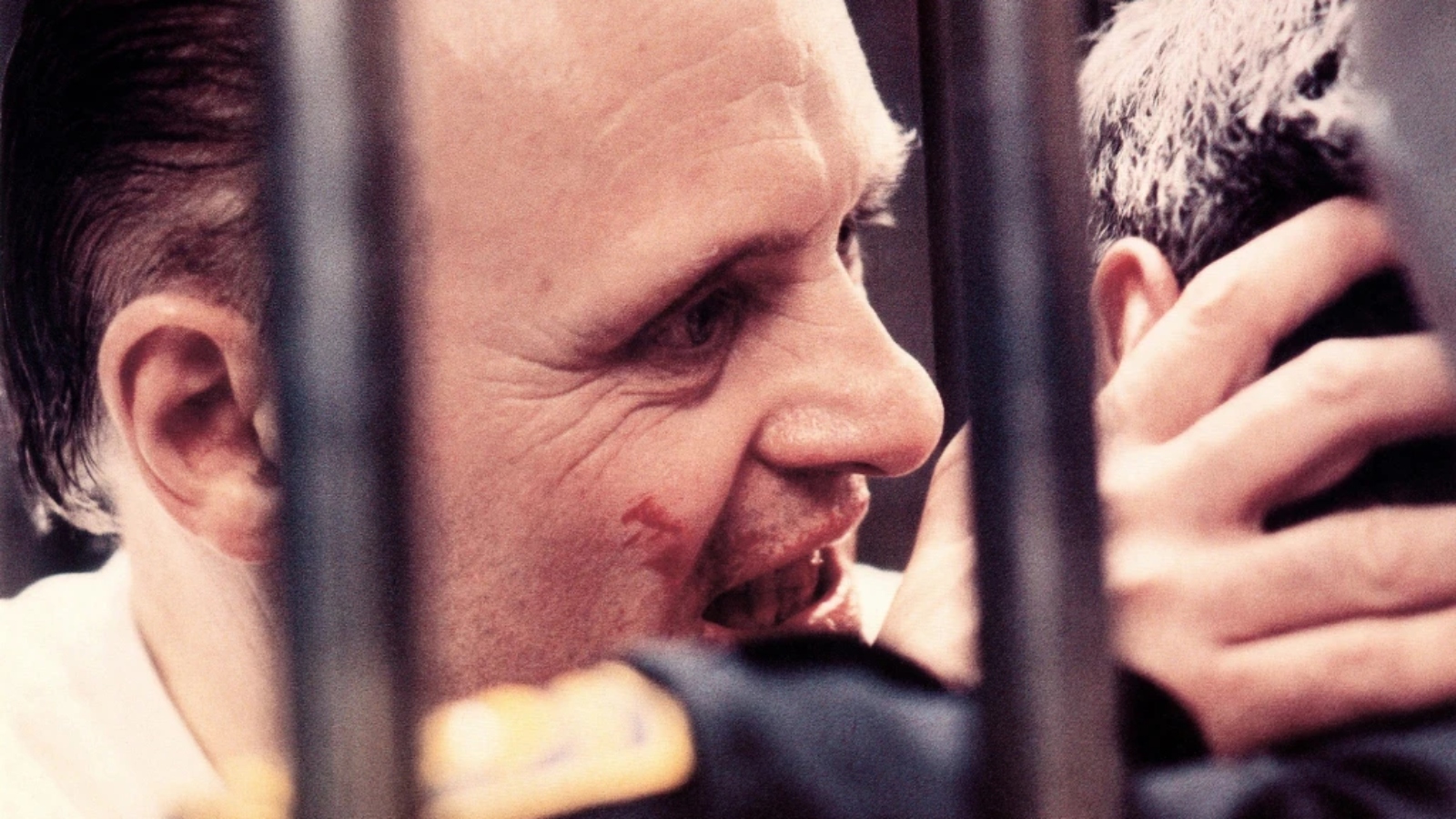
Lecter began an internship at Johns Hopkins Medical Center in Baltimore, Maryland. Eventually, he graduated with a degree in medicine and founded his own psychiatric practice in Baltimore. He would finance his extravagant lifestyle by convincing his patients to bequeath him large sums of money in their wills. Despite becoming the forefront psychiatrist in Baltimore, Lecter despised psychology, which he didn’t consider to be a scientific art. Jack Crawford, the head of the Behavioral Science Unit of the FBI in Virginia, speculated that Lecter allowed his more violent patients to wreak havoc on the public for his amusement. During this time, Lecter purchased a remote cottage where he hid a fake passport and some money, anticipating that he would need it someday after becoming a fugitive.
Lecter visited Florence during his travels, remarking how beautiful it was and instantly falling in love with the city. During the mid-1970s, Lecter’s killing spree continued; he was convicted of killing nine individuals and attempting to kill three others, but these were only the murders for which he was found guilty — there could have been countless others. Mason Verger, a convicted child molester, was ordered by the courts to attend psychiatric sessions with Dr. Hannibal Lecter. One evening, after inviting Lecter into his home, Verger was given a dangerous cocktail hallucinogenic drugs. Lecter suggested that Verger, while under the influence, cut off his own face with a glass shard and feed it to his dogs. Verger complied and also ate his own nose in the process. Lecter, using a rope that Verger kept for simulating auto-erotic asphyxiation, broke the latter’s neck and left him horribly disfigured, confined to a wheelchair and reliant on a life support machine for the rest of his life.
Benjamin Raspail was Lecter’s last known victim before his eventual capture. Raspail was a talentless flautist for the Baltimore Philharmonic Orchestra and Hannibal presumably killed him because his poor musicianship tainted the orchestra’s performances. Raspail’s mutilated body was found with his thymus and pancreas missing. Raspail was the former lover of Jame Gumb, the serial killer “known as Buffalo Bill.” Due to the heinous and cannibalistic nature of his crimes, media outlets and law enforcement alike dubbed him “Hannibal the Cannibal.”
Hannibal the Cannibal is captured by FBI agent Will Graham and found clinically insane
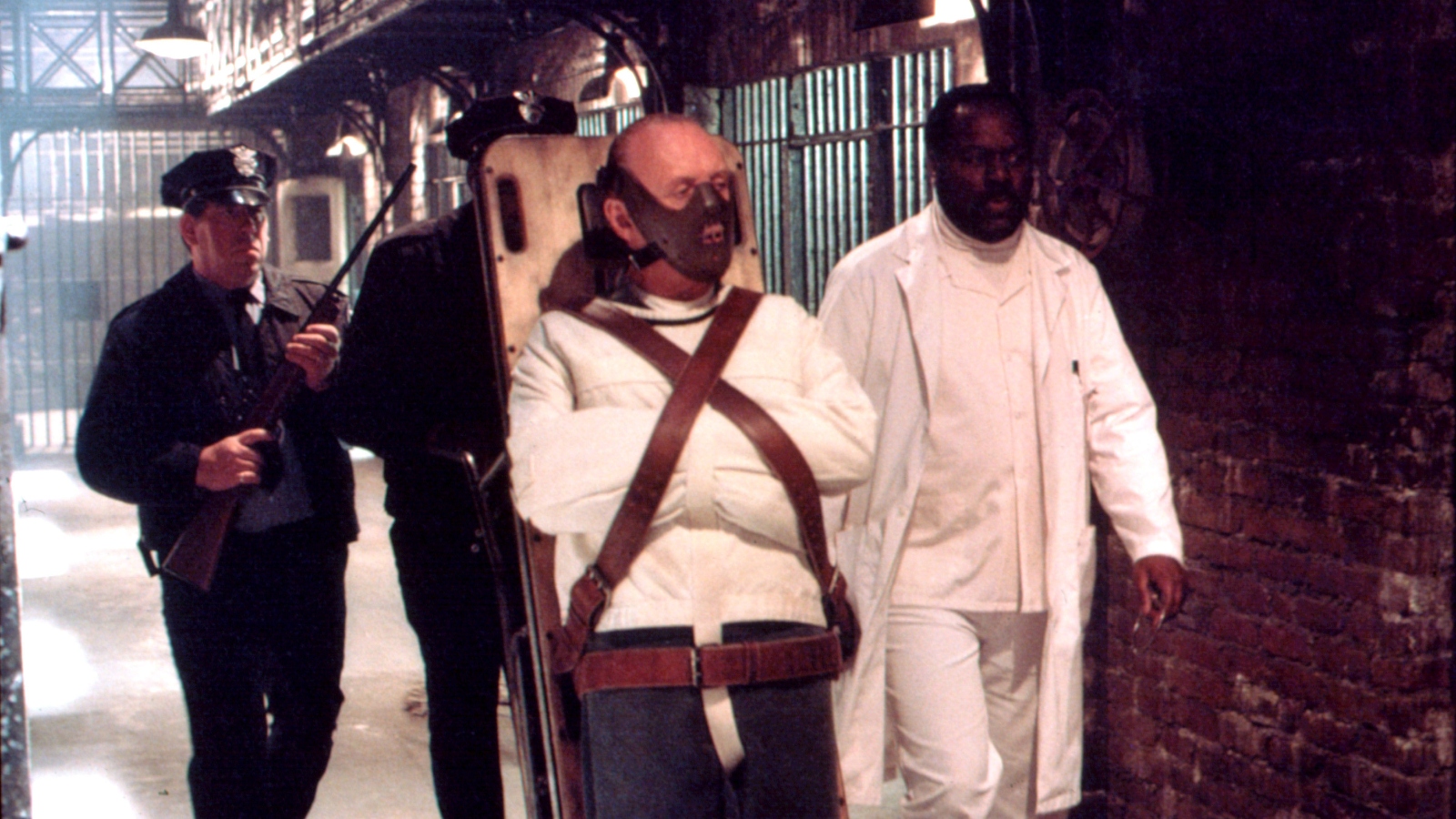
Finally, in 1975, Lecter was apprehended by FBI agent Will Graham on a peaceful Sunday in March. After several interrogations, Graham found Lecter to be the notorious serial killer he had been profiling and tracking in Baltimore for years. After an altercation, Lecter stabbed and almost disemboweled Graham, who managed to survive and call in the Maryland state troopers, who would arrest Lecter and bring him into custody. The court found Lecter clinically insane and therefore spared him the death penalty. He was instead charged nine consecutive life sentences (one for each of his nine confirmed victims) and sent to Baltimore State Hospital for the Criminally Insane. While incarcerated, administrator at Baltimore State, Frederick Chilton, branded Hannibal a “pure sociopath” and the tabloids agreed. As a result, Hannibal was considered to be one of the most brutal and malicious serial killers in American history.
Whenever a psychiatrist would attempt to profile Lecter, he would mock them by turning their test sheets into origami, working the system to provide answers that wouldn’t find him psychologically disturbed. In 1976, after complaining of chest pains, Lecter was taken to the Baltimore State infirmary, but when he bonds were removed, he attacked a nurse, consuming half of her face. Following the incident, Lecter was outfitted with a a straitjacket and a muzzle to prevent such an atrocity from happening again. It wasn’t until 1977 that Lecter was deemed sane enough to stand trial, where he was found guilty of nine counts of murder. He was sentenced to life at Baltimore State without the possibility of parole. During his sentence, Lecter provided assistance to the FBI on two separate occasions, one for Will Graham’s “Tooth Fairy” aka the “Red Dragon” and the other for Clarice Starling’s “Buffalo Bill.”
Hannibal meets FBI trainee Clarice Starling, escapes the Shelby County Courthouse, and becomes a fugitive of the law
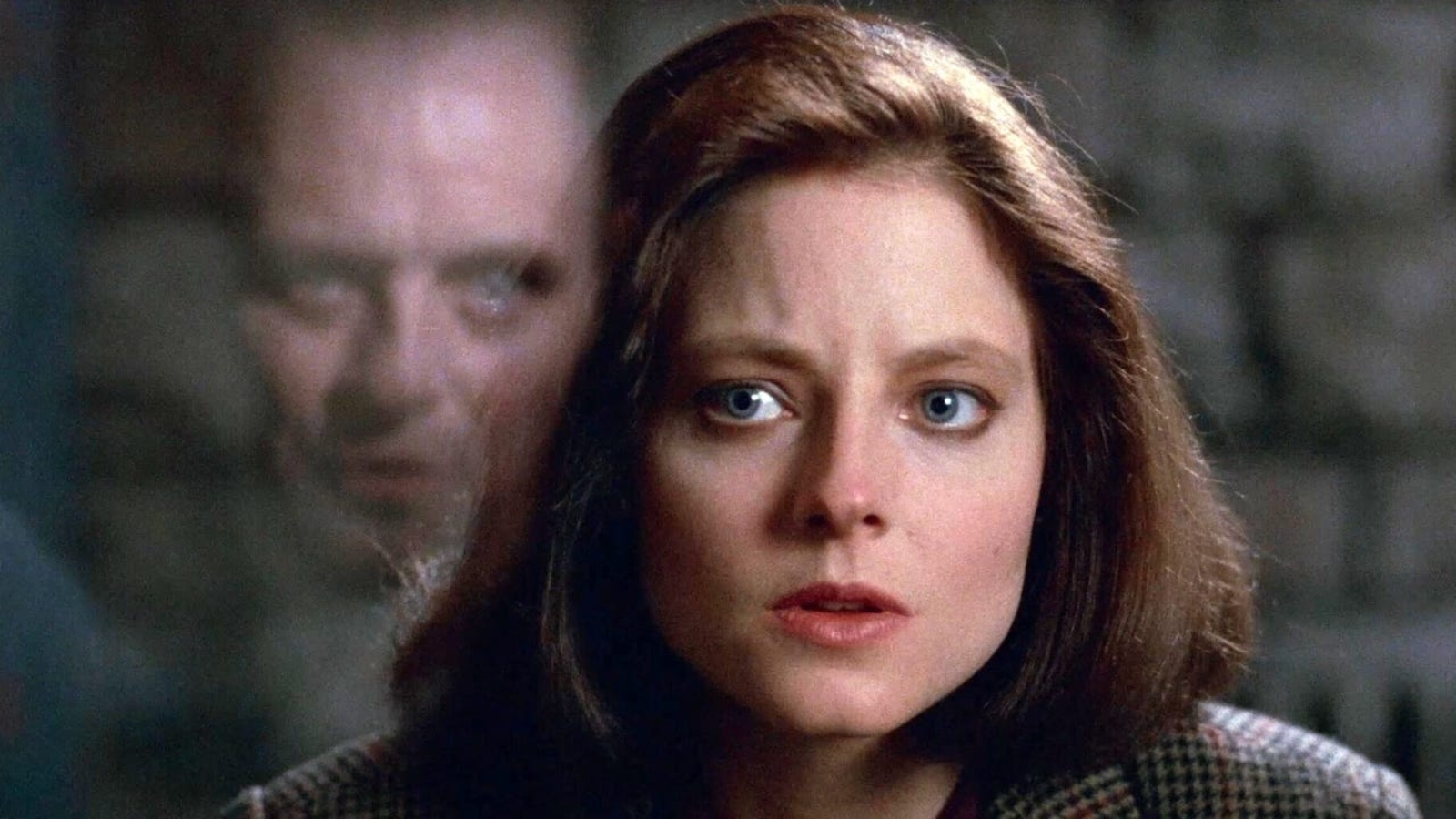
Jack Crawford, hoping that her presence would entice Lecter to talk, sent FBI trainee Clarice Starling to gather a psychological profile. Starling convinced Lecter to offer his insight on the Buffalo Bill case. Just as he did to Will Graham, Lecter would utilize wordplay to offer clues for Starling to unravel herself. With Clarice, he initiated a game of “quid pro quo,” a Latin phrase meaning “a favor for a favor.” He would feed information about the Buffalo Bill case in exchange for details about Starling’s childhood. Around this time, Buffalo Bill had abducted Catherine Martin, daughter of senator Ruth Martin. Pressed for time, Starling offered Lecter — as per Ruth Martin’s wishes — better living conditions in exchange for Buffalo Bill’s real name. Subsequently, Lecter was flown out to Memphis, Tennessee, where he was held at the Shelby County Courthouse.
Naturally, he lied about Buffalo Bill’s real name, telling Ruth Martin that it was “Billy Rubin” (Bilirubin is a pigment found in feces, which happens to be the same color as Chilton’s hair). In the live-action adaptation, the false name was changed to Louis Friend, an anagram for “iron sulfide” — fool’s gold. Starling visited Lecter at the Shelby County Courthouse, retrieved the final clues needed to crack the Buffalo Bill case, then left him. Less than a few hours later, Lecter escaped and killed several guards. He was subsequently placed on the FBI’s Most Wanted list. Upon escaping, Lecter presumably killed Chilton, thanked Barney (the kind-hearted prison guard at Baltimore State) and tipped him, then sent his warmest regards to Clarice Starling, since promoted to an official FBI agent.
Clarice falls for Hannibal Lecter, who had created a “counterpart” of himself in Starling

After retreating to Florence, Lecter assumed the identity of Dr. Fell, a charismatic museum curator. Obviously, Lecter had obtained this esteemed position by murdering its former occupant. Lecter’s true identity would be discovered by Detective Rinaldo Pazzi, who struck a deal with Mason Verger, who wanted Hannibal alive to torture him. While pursuing Lecter, Pazzi found himself disemboweled and hanged for his troubles. Both Clarice Starling and Mason Verger hunted Hannibal Lecter from this moment onwards. Eventually, Lecter was captured by Verger’s men, but Starling rescued him. In the ensuing chaos, Clarice was shot with sedative darts and Lecter convinced Margot Verger (Cordell Doemling in the live-action version) to kill Verger by throwing him into the pit of wild boars meant for Hannibal.
Lecter kept Starling hostage for a few months, replacing her memories and personality to make her believe that she was Mischa Lecter. After conditioning her to his whim, Lecter kidnapped Starling’s enemy, Paul Krendler, then performed a craniotomy on him, feeding him fried pieces of his own brain, which he shared with Clarice. Ultimately, his attempt to brainwash Clarice backfired, as he underestimated her willpower. Sometime thereafter, she seduced Lecter and the pair became a couple. In essence, Clarice Starling became a female counterpart to Hannibal Lecter.

